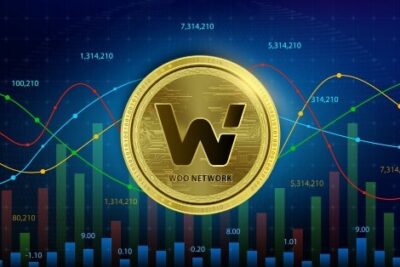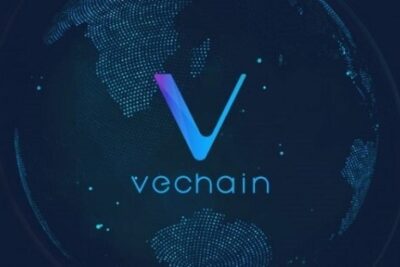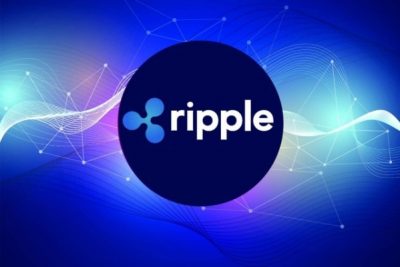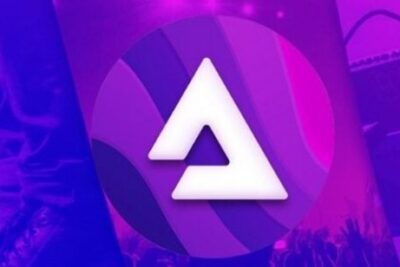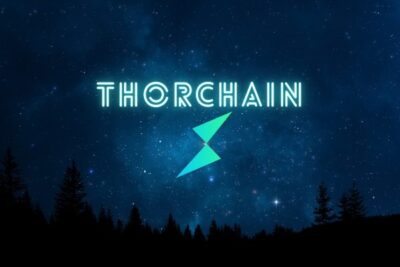
What Is Polygon (MATIC) Network? – The Layer 2 Scaling Solution
21 April 2022
What is Polygon? It is the goal of Polygon to create a world where people may freely trade goods and services. You’ll learn how Polygon works and why its MATIC token defies the laws of physics in this bePAY explanation.
It is more than simply a collection of digital assets. A layer-2 scaling solution for the Ethereum network is aimed to increase the network’s transaction processing speed and lower gas expenses.
Developers may construct their own sovereign blockchains and decentralized apps on Polygon, backed by a collection of modules that allow the deployment of linked blockchains with readily adjustable functionality.
A closer look into Polygon’s network and its unique features will help us better grasp its mission and how it intends to usher in a blockchain economy without borders.
This Polygon explanation from bePAY will teach you:
- What is Polygon Network?
- How Does Polygon Network Work?
- Polygon vs Ethereum
- What Is Polygon Used For?
- FAQs About Polygon (MATIC)
- Wrapping Up
What is Polygon Network?
The Definition Of Polygon Network
Prior to Polygon, Matic Network was a blockchain scalability platform and framework for connecting and constructing Ethereum-compatible blockchain networks. One of Polygon’s primary aims is to aggregate scalable solutions to enable a multichain Ethereum environment, hence the network also refers to itself as “Ethereum‘s internet of blockchains.”
A foundation for interoperability with other layer-2 solutions, sidechains and sovereign blockchains is provided by the Polygon, which is Ethereum-native and aligned with all of Ethereum’s current and future infrastructures.
Aside from being a layer-2 aggregate, the Polygon aims to establish an ecosystem of Ethereum-compatible blockchains with greater interoperability.
In the context of layer-2 solutions, a framework placed on top of the base chain to alleviate some stress and alleviate some of its core problems is referred to as “layer-2” a Plasma-based aggregator, Polygon.
To construct decentralized applications (dApps) off-chain that are secure, scalable and fast is a layer-2 solution provided by Ethereum. A major factor in the widespread acceptance of blockchain technology is Plasma.
What Polygon calls Plasma Chains is the company’s own take on the concept of Plasma. Transactions may be offloaded from the main blockchain to secondary chains enabling cheaper and quicker transactions, in addition to providing a foundation for dApps.
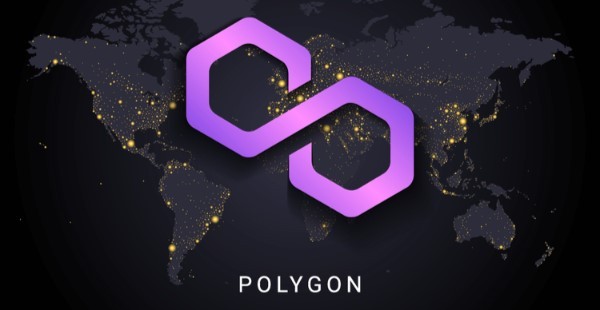
What is Polygon?
What Is Cryptocurrency Of Polygon Network?
The governance coin of the Polygon is MATIC. In addition to being utilized to pay fees on the Polygon, MATIC is also used for staking and governance. MATIC is also available for purchase and sale on most CEXs or DEXs.
The moniker MATIC is a reference to Polygon’s early stages of development. Developers were renamed Polygon in early 2021 after debuting as Matic Network in October 2017.
How Does Polygon Network Work?
To address Ethereum’s shortcomings, the Polygon (MATIC) Network was created as a second scaling solution—namely the high transaction fees and poor transaction processing times of the Ethereum platform. Polygon has a maximum capacity to
- Build bespoke blockchains and deploy existing ones.
- Enable Ethereum and other blockchains to interact with one other.
- Contribute to the compatibility of current blockchain networks with Ethereum
Proof-of-Stake Mechanism
To put it another way, you may see Polygon as a subway’s express train, making fewer stops and moving considerably quicker than the ordinary train. If Ethereum’s primary blockchain were a local train, Polygon creates a fast parallel blockchain and connects it to Ethereum’s main blockchain using a number of technologies.
Using a modified proof-of-stake consensus algorithm, Polygon is able to obtain consensus with every block of data. Traditional proof-of-stake relies on a large number of blocks to reach an agreement. Participants in the Polygon may verify Polygon transactions by staking (agreeing not to trade or sell) their MATIC in the proof-of-stake technique. MATIC is given to four successful Polygon validators.

Polygon Work Mechanism
If you own MATIC, you may make money by putting it up for stake, which is a method to generate new MATIC tokens and protect the network.
Validators – New transactions must be verified by validators before they can be added to the blockchain. In return, they may get a share of the fees and the newly established MATIC. Running a full-time node (or computer) and staking your own MATIC is required to become a validator. Even if your internet connection is down, you might lose part of the MATIC you have staked.
Delegators – use a trustworthy validator to stake their MATIC indirectly. Staking in this manner is substantially less risky. If the validator you choose behaves deliberately or commits mistakes, you might lose all or a portion of your staked MATIC.
Bridge of Polygons
PoS bridge is a series of smart contracts that help move assets from the Ethereum mainnet to the Polygon sidechain.
In order to move money from Ethereum to Polygon, the PoS bridge serves as the backbone for the transfer of these funds and their usage in the Polygon ecosystem. After a transaction fee in Ethereum is paid, which might be costly, transactions in the Polygon are extremely cheap – less than $1.
Protocol for Polygon
Using the Polygon Protocol, all Polygon-based blockchains may communicate with one other and with the Ethereum network. Ethereum’s security mechanism may be inherited by chains using this method.
Developer’s Toolkit from Polygon (SDK)
Polygon provided an SDK that would let developers create their own blockchains and DeFi applications with complete customizability.
As a multi-chain system, Ethereum is currently fully functional, but its present constraints and lack of structure make it difficult for developers to carry out their ideas.
As a modular and extensible framework for Ethereum scaling and infrastructure solutions, Polygon hopes to offer the ecosystem a boost with its Polygon SDK, which is founded on three fundamental concepts: Ethereum compatibility, modularity, and extensibility.
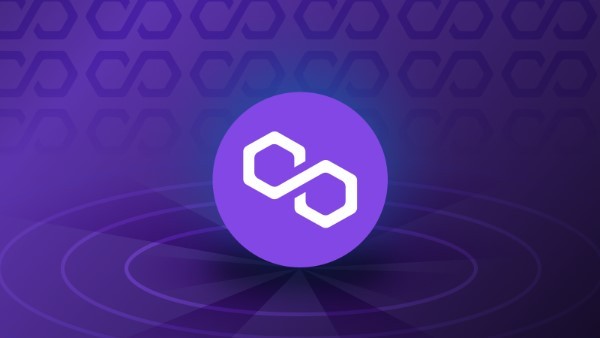
How Does Polygon Work?
There are two distinct versions of the Polygon SDK. A stand-alone chain is a blockchain that has full control over its modules and security. For example, a chain may transfer assets or send arbitrary messages to the Ethereum network over the Polygon bridge while maintaining its own identity.
Layer 2 chains and their own set of modules and tools will be supported in the second edition, which will be released later this year.
In order to speed up and reduce costs, Polygon utilizes a modified proof-of-stake system.
>> Read also: Cardano Vs Ethereum In-depth Comparison Of Two Big Blockchain
Polygon vs Ethereum
Polygon is an Ethereum-compatible and -complementing alternative scaling option. As a blockchain development network, Polygon aspires to be better than Ethereum. Additional security, blockchain sovereignty, user and developer experience, and modularity are all provided by Polygon in addition to Ethereum.
Ethereum is now employing the proof-of-work consensus process and is progressively migrating to utilize proof of stake consensus.
What Is Polygon Used For?
Below are some decentralized applications that use the Polygon chain:
- SushiSwap: Automated Market Maker on Ethereum-based Decentralized Exchange (DEX), SushiSwap (AMM).
- Curve Finance: Ethereum-based Curve Finance is a low-risk stablecoin trading liquidity pool.
- 1inch: DeFi aggregator 1inch provides a liquidity bridge between Ethereum, Binance Smart Chain (BSC), Polygon and more, giving consumers the greatest liquidity on these protocols.
- Aave: To borrow cryptocurrency and utilize it as collateral for short-term loans, there is a system known as Aave.
- QuickSwap: The Polygon hosts a decentralized exchange called QuickSwap, which offers lightning-fast transactions at a low cost.
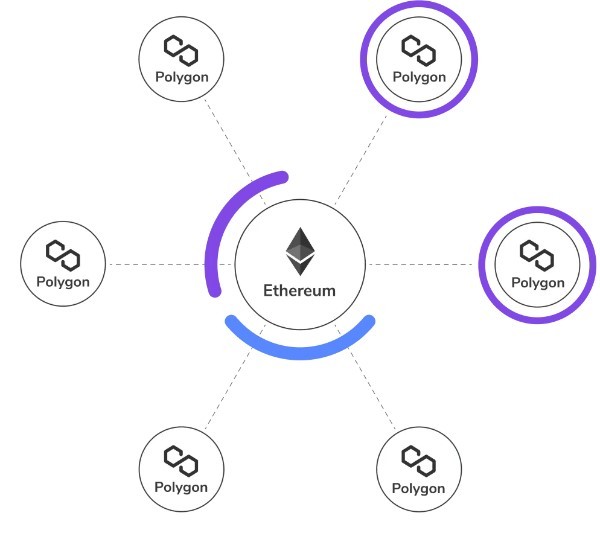
What Is Polygon Used For?
>> Read Also: What Is QuickSwap? The Main Functions Of QuickSwap
FAQs About Polygon (MATIC)
What Is The Total Supply Of MATIC Tokens?
There will be a total of ten billion MATIC tokens available. Only a small percentage, 7.53 billion MATIC, has yet to be distributed.
What Is The Best Way To Get MATIC?
If you want to purchase MATIC tokens from Polygon, you may do so using a major cryptocurrency exchange. An exchange like Coinbase or Kraken may be used to open an account, which you can then use to deposit your local currency. Digital wallets might be hosted on your own computer or on the bitcoin exchange itself.
Is Polygon Crypto A Good Investment?
In terms of volatility, Polygon is no different from any other cryptocurrency. There is no guarantee that other blockchain networks or even Ethereum itself will not have a negative impact on the coin’s value and popularity in the near future.
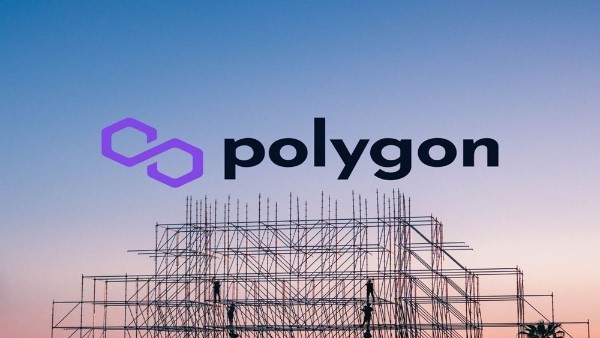
Is Polygon Crypto A Good Investment?
Wrapping Up
Polygon is one of the most intriguing DeFi projects in existence, with a bright future for the DeFi community regarding scalability and blockchain compatibility.
And with its huge collection of tools for developers, its novel mechanism and modules, and complete support for the Ethereum Virtual Machine (EVM), we might soon witness a tremendous flood of applications prospering in the Polygon ecosystem.

What Is GUSD Coin – Whether Is It Really Safe?
31 May 2022



